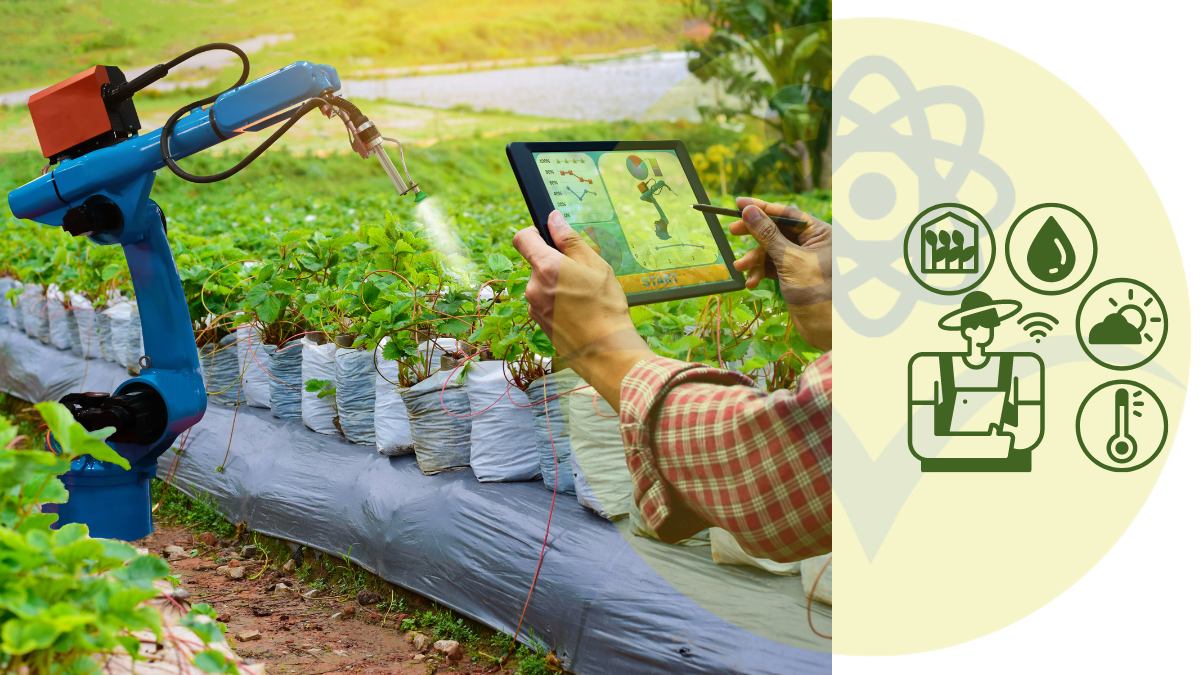Smart Farming, where technology meets agriculture to enhance productivity while preserving environmental integrity.
As global populations surge and climate change exacerbates the unpredictability of traditional farming, the agricultural sector faces a critical challenge: producing more food with fewer resources.
Smart farming is poised to transform modern agriculture by leveraging the latest innovations in artificial intelligence (AI), the Internet of Things (IoT), and robotics.
This article explores the cutting-edge technologies that are making farms smarter, more sustainable, and highly efficient.
Smart Farming with Precision Agriculture
Precision agriculture is a cornerstone of smart farming, offering farmers the tools to optimize crop yields while reducing inputs such as water, fertilizers, and pesticides.
This data-driven approach relies heavily on geospatial technologies, such as GPS and satellite imagery, to monitor crop health, soil conditions, and weather patterns in real-time.
Drones and remote sensors play a vital role in collecting detailed information that enables farmers to make precise decisions.
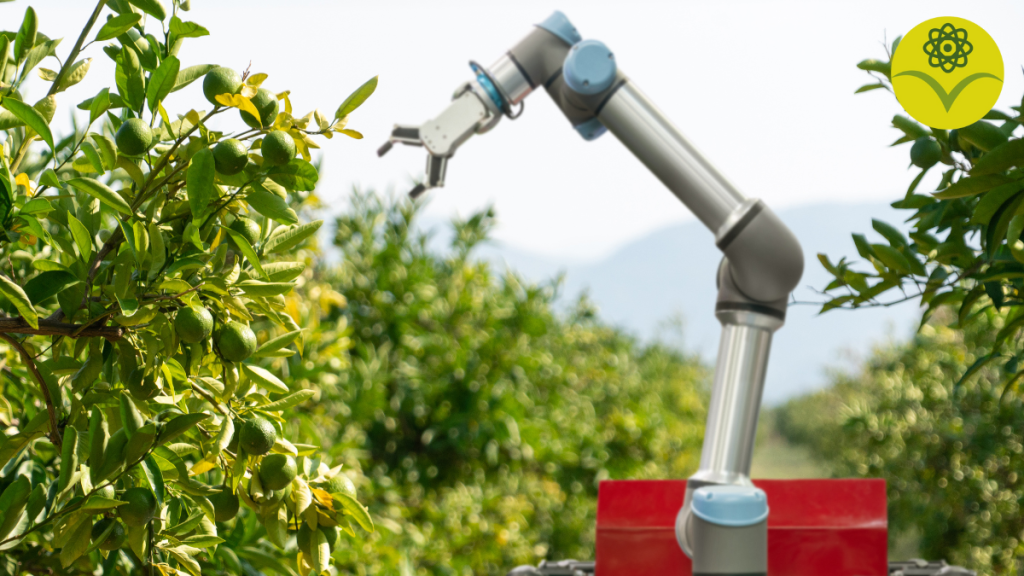
For example, drones equipped with multispectral cameras can identify areas of a field experiencing nutrient deficiencies or pest problems, allowing farmers to apply treatments only where necessary.
This targeted application of smart farming not only reduces costs but also minimizes environmental harm caused by the over-application of chemicals.
Key Benefits of Precision Agriculture
Reduced Waste: Optimal use of water, fertilizers, and pesticides.
Increased Yields: Real-time data helps farmers identify potential issues early.
Environmental Sustainability: Fewer inputs reduce the carbon footprint of farming activities.
IoT and Smart Sensors
The Internet of Things (IoT) is revolutionizing agriculture by interconnecting devices and sensors throughout the farm.
These IoT systems provide valuable data on :
- Soil moisture
- Temperature
- Humidity
- Crop growth rates
Smart sensors, embedded in fields or attached to equipment, enable continuous monitoring and automated responses based on specific thresholds.
One example is the use of soil moisture sensors, which alert farmers when irrigation is necessary, preventing both overwatering and drought stress.

This technology has already been proven to reduce water usage by as much as 30% in water-scarce regions, offering a scalable solution to one of agriculture’s most pressing issues: water conservation.
Regenerative Agriculture is also used to restore soil and ecosystem health.
Smart Irrigation: Automated systems that irrigate only when necessary.
Livestock Monitoring: Wearable sensors track the health and behavior of livestock, improving animal welfare and productivity.
Predictive Maintenance: IoT sensors on machinery detect potential failures before they happen, minimizing downtime and repair costs.
Artificial Intelligence and Machine Learning
AI and machine learning are the brains behind the operation of smart farms.
With vast amounts of data collected from sensors, drones, and satellites, AI systems analyze patterns and make predictive decisions.
One of the most exciting applications is in crop health monitoring.
AI algorithms can process satellite and drone images to detect diseases, predict yields, and recommend optimized planting strategies.
Another impactful use is automated machinery, where AI is integrated into equipment like tractors and harvesters.

These machines can operate autonomously, guided by machine learning algorithms that optimize field paths, reduce fuel consumption, and improve harvesting efficiency.
Learn more about Machine learning applications in agriculture.
AI’s Contribution to Smart Farming
Crop Disease Prediction: Early crop stress or disease detection through image recognition.
Yield Forecasting: AI models analyze historical data to provide accurate yield predictions.
Automated Equipment: Autonomous tractors and drones reduce labor costs and human error.
Robotics and Autonomous Systems
Robotics are bringing automation to a new level in agriculture.
In labor-intensive tasks such as harvesting, planting, and weeding, robots are stepping in to boost productivity.
Autonomous harvesters and weeding robots are two examples of technologies that are reducing the reliance on manual labor, especially in regions facing labor shortages.
Weeding robots like EcoRobotix use AI to identify and remove weeds without harming crops.
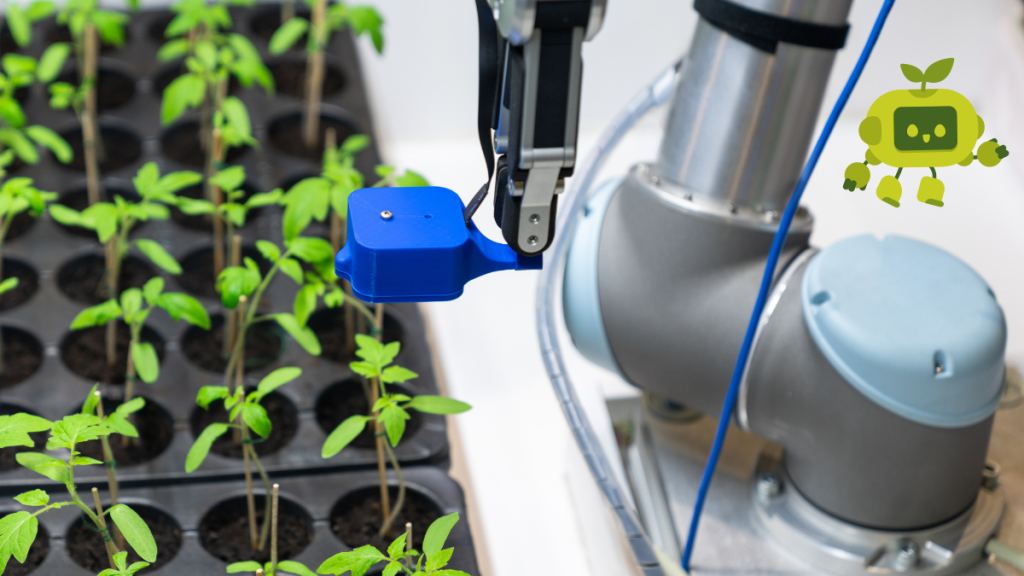
This reduces the need for herbicides, contributing to both environmental sustainability and lower input costs.
How Robotics are Reshaping Farming
Increased Efficiency: Robots can operate 24/7, improving output during peak periods.
Reduced Labor Costs: Automation reduces the need for manual labor, addressing workforce shortages.
Enhanced Precision: Robots can carry out delicate tasks such as fruit picking without damaging crops.
Data Analytics and Blockchain
Data-driven decision-making is becoming more crucial as farms collect more information through IoT devices and sensors.
With the integration of big data analytics, farmers can interpret complex datasets to make informed decisions about :
- Planting schedules
- Crop rotation
- Resource allocation
Moreover, blockchain technology is emerging as a vital tool for enhancing supply chain transparency.
By providing an immutable record of a product’s journey from farm to table, blockchain enables consumers to trace the origins of their food, ensuring it meets sustainability standards.
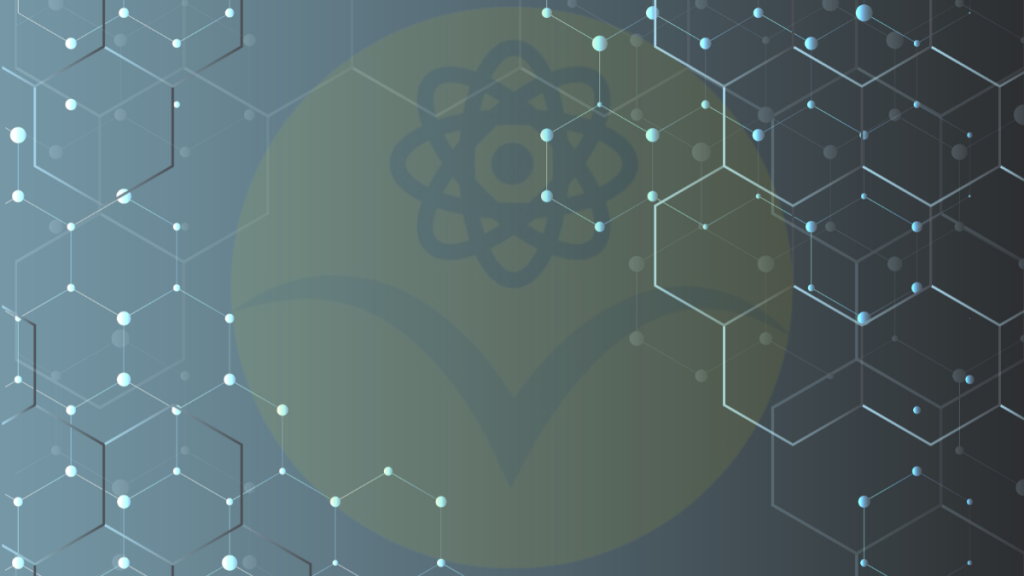
This also helps farmers by preventing food fraud and improving traceability for certification processes like organic labeling.
Key Advantages of Data Analytics and Blockchain
Optimized Resource Use: Data insights help improve the efficiency of farming practices.
Supply Chain Transparency: Blockchain offers a secure and transparent record of food provenance.
Consumer Trust: Enhanced traceability ensures product integrity and boosts consumer confidence in sustainable farming practices.
Vertical Farming and Controlled Environments
Vertical farming and controlled-environment agriculture (CEA) represent the next frontier in urban farming.
These systems use hydroponics or aeroponics to grow crops indoors in vertically stacked layers.
Vertical farms can produce food year-round with minimal resource use by controlling:
- Light
- Temperature
- Humidity
- Nutrient supply
For example, companies like AeroFarms and Plenty are using vertical farming to grow leafy greens in urban environments, reducing the need for long supply chains and decreasing the carbon footprint of transportation.
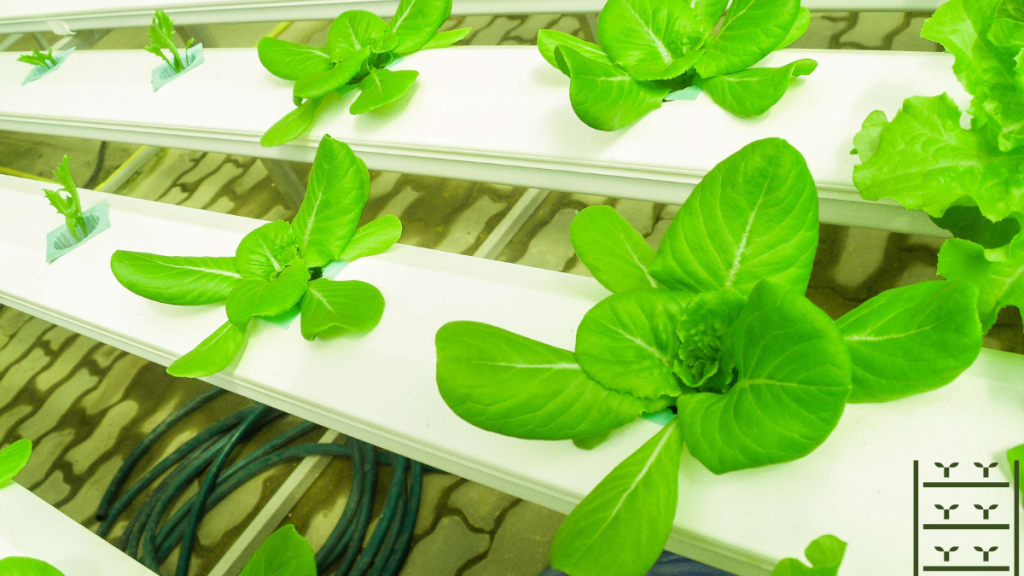
These systems also use up to 95% less water than traditional farming methods, making them a viable solution for food production in water-scarce regions.
The Promise of Vertical Farming
Year-Round Production: Controlled environments enable consistent crop output, regardless of climate conditions.
Reduced Water Usage: Efficient water recycling systems dramatically cut water consumption.
Urban Integration: Vertical farms can be established in cities, bringing food production closer to consumers and reducing food miles.
Conclusion
The integration of cutting-edge technologies in agriculture is increasing productivity and addressing the environmental challenges posed by traditional farming methods.
Smart farming practices – from precision agriculture and IoT to AI and robotics – are driving a shift toward more sustainable and efficient farming systems.
By embracing these innovations, farmers can reduce their environmental impact, enhance productivity, and ensure food security for a growing global population.
As the world continues to grapple with the pressures of climate change and population growth, the role of smart farming will only become more critical.
With ongoing advancements in technology, modern agriculture is entering an exciting new era – one that holds great promise for both the planet and its people.
By adopting these smart technologies, farmers are laying the groundwork for a future where agriculture is not only productive but also sustainable, resilient, and capable of meeting the challenges of a rapidly changing world.
Learn about the Ethical Implications of Genetic Engineering in Agriculture.

